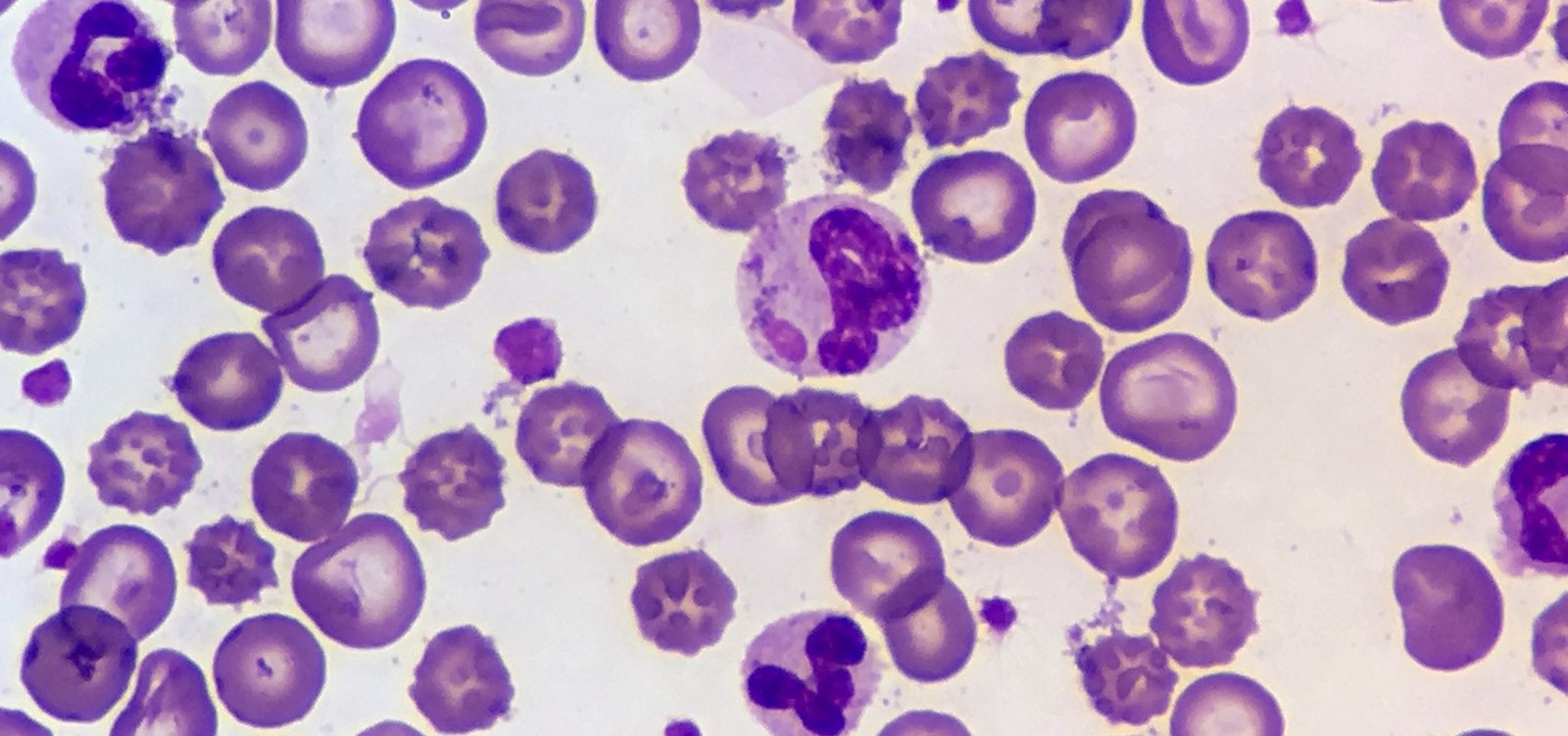Distemper: Canine & Feline

Distemper is a viral disease that affects both domestic and wild carnivores. The virus infects a wide range of North American carnivores, including mink, striped skunks, fishers, red and gray foxes, raccoons, coyotes, and weasels. Juveniles with distemper have a higher mortality rate when compared to adults. Because juveniles are more susceptible to infection in wild animals, most cases are seen in the spring and summer, but outbreaks can happen at any time.
Learn More: Wild Animal Disease
What Is Distemper?
A paramyxovirus causes distemper, which is a highly contagious disease. It’s a disease that affects both wild and domestic carnivores, with raccoons, grey foxes, and skunks being the most affected in the spring and fall.
Discharge from the eyes and nose, dyspnea (difficulty breathing), coughing, and pneumonia are all symptoms that appear 10-14 days after infection. The most common symptoms are fever, anorexia, and respiratory tract problems.
Canine distemper virus (CDV) also causes gastrointestinal illness, thickening of the nose and footpads, and a neurologic phase with symptoms that are similar to rabies, making it difficult to distinguish. 1Go To Source cornell.edu -“Canine Distemper”
How Is Distemper Spread?
The Distemper virus is commonly transmitted through the air and bodily secretions. It can also be transmitted in a variety of other ways. Human hands, clothing, shoes, materials such as pet water bowls and other equipment that has come into contact with infected vomit or diarrhea can all spread distemper.
If not properly washed, human hands can spread the Distemper virus to new areas and animals. When handling unfamiliar animals, vomit, urine, blood, or feces, always wear gloves.
Pathogens are more easily spread when multiple animals share sheets, towels, and blankets. If a fabric is not properly washed, the Distemper virus can live on it, and when a person handles dirty linens or clothing, the virus can spread to that person’s hands simply by holding the items.
Which Species Are Affected by Distemper?

Though the disease is most commonly found in dogs, it’s spreadable to:
- Raccoons
- Foxes
- Wolves
- Coyotes
- Skunks
- Dogs
- Mink
- Ferrets
- Cats
- Bobcats
What Are Visual Signs Of Distemper?
Vomiting, coughing, diarrhea, nasal and ocular discharge, anorexia, and hyperkeratosis of the nasal planum and footpads are common symptoms of canine distemper in domestic dogs. There are signs of abnormal behavior and apparent lack of fear (both suggestive of rabies), maybe the only grossly visible signs in wild carnivores. The animals frequently have purulent conjunctivitis and nasal discharge, with crusty exudate adhering the eyelids together.
Aggression, disorientation, lack of alertness, convulsive movements of the head and paws, and aimless wandering are common neurological disturbances. Diarrhea, labored breathing, and an untidy appearance to the fur are all possible symptoms. The animal may be dehydrated and thirsty as a result of diarrhea and vomiting. 2Go To Source michigan.gov -“Canine and Feline Distemper”
How Harmful Is Distemper?

Distemper is usually fatal, and dogs who survive usually suffer irreversible nervous system damage. The dog’s immune system may be able to fight the infection in some cases, but in others, the infection may progress to neurological effects such as seizures and tremors.
Although humans can contract distemper from dogs, the infection is completely asymptomatic. Although the distemper virus can survive in the human body, it lacks the ability to infect and reproduce human cells. However, even if you don’t show any symptoms, being exposed to distemper in a dog can make you a carrier of the disease. If you’ve ever had a dog with distemper, you should immunize any other animals you bring into your home to prevent infection.
Are Humans And Pets At Risk Of Contracting Distemper?
Though canines are at higher risk of catching distemper, humans may also contract the disease. This disease is more deadly to animals, and humans may never realize they have distemper because it’s common to be asymptomatic when they have the disease. The majority of humans catch the disease from their pets. It’s important to have pets regularly vaccinated and kept away from wild animals to prevent the contraction of diseases.
How Do Pets Catch Distemper?
Dogs contract distemper from already infected dogs or wild animals. They can contract it by coming into direct contact with a sick animal or standing close to one that is coughing. They can also contract it if they contact an infected animals’ food bowl or other objects. Dogs (specifically puppies) who have not been vaccinated are the ones who are most likely to contract this disease. 3Go To Source publichealth.lacounty.gov -“Distemper in Dogs and Wildlife”
Do Vaccines Protect Against Distemper?
For domestic animals, highly effective vaccines are available. Attempts to vaccinate wildlife have been made, but the effectiveness of vaccines in wildlife is largely unknown. Vaccines have proven to be effective in reintroducing extinct black-footed ferrets and the recovery of the endangered southern sea otter.
Canine distemper is a serious disease that affects wild carnivores and is especially dangerous to endangered species. The disease was spread to naive populations after wildlife carrying the disease was transported. Reduced population densities of disease-prone wildlife such as raccoons, foxes, and coyotes can help prevent disease. 4Go To Source pgc.pa.gov -“Canine Distemper”
What To Do If You Or Your Pet Have Been Exposed To Distemper?

If your pet shows any signs of canine distemper or you are concerned about his or her health, you should take him or her to the veterinarian. Canine distemper is highly contagious among dogs and necessitates prompt medical attention. Since you have been in contact with your pet, it is advised to contact a health care professional and get tested for the disease.
If the pet has been in contact with a wild animal (that is living on your property), contact wildlife trapping professionals to capture the animal. That animal can be brought to a veterinarian and tested to see what could be affecting your pet.
Sources:
- “Canine Distemper.” Cornell Wildlife Health Lab, Cornell University, cwhl.vet.cornell.edu/disease/canine-distemper. Accessed 18 Mar. 2021.
- “DNR – Canine and Feline Distemper.” Michigan Department Of Natural Resources, STATE OF MICHIGAN, www.michigan.gov/dnr/0,4570,7-350-79136_79608_85016-26505–,00.html. Accessed 18 Mar. 2021.
- “Distemper in Dogs and Wildlife.” County Of Los Angeles, LA County Public Health & Human Services, publichealth.lacounty.gov/vet/distemper.htm. Accessed 18 Mar. 2021.
- PGC. “Canine Distemper.” Pennsylvania Game Commission, Commonwealth of Pennsylvania, www.pgc.pa.gov/Wildlife/Wildlife-RelatedDiseases/Pages/CanineDistemper.aspx. Accessed 18 Mar. 2021.
